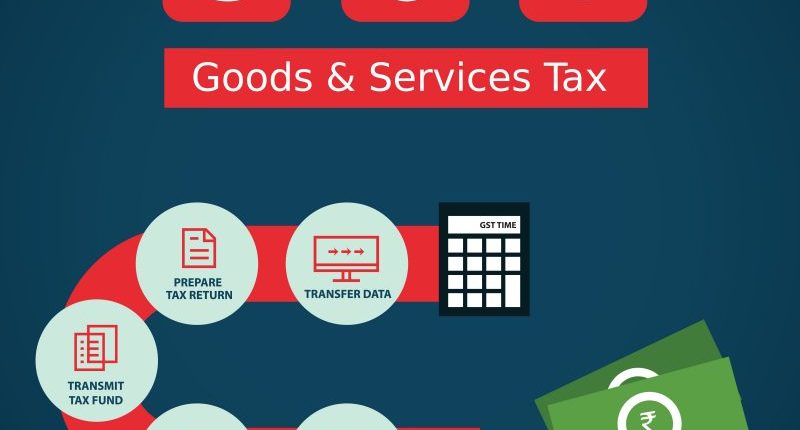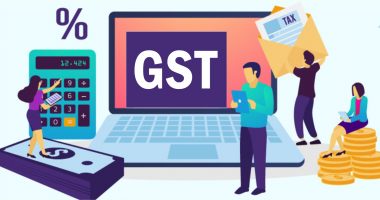The Central Board of Indirect Taxes and Customs (CBIC) has extended the time limit to implement the dynamic QR code for specific GST registered taxpayers.
Through the latest Central Tax notification no. 6/2021 dated 30th March 2021, these businesses get a waiver from any penalty up to 30 June 2021 for any miss in meeting this requirement.
All those businesses having an annual turnover of more than Rs.500 crore in any preceding financial year, from 2017-18, had to display a dynamic QR code on their B2C invoices initially from 1st December 2020.
However, CBIC had provided relaxation to such businesses from the penalty for any non-compliance up to 31st March 2021. In other words, these businesses earlier had to mandatorily comply with the requirement from 1st April 2021, as per the earlier Central Tax notification no. 89/2020 dated 29th November 2020.
A dynamic QR code is a quick response code that any customer can scan to make digital payments. B2C invoices are issued to unregistered persons under the GST law by certain registered persons under the GST law.
A dynamic QR Code contains the supplier’s GSTIN, the supplier’s UPI ID, bank account number and IFSC code, the invoice number and date, the total invoice value, and GST break up as CGST, SGST, IGST, Cess, etc.
Also Read: Tax Query: Will businesses comply with Dynamic QR Code?
There are certain exceptions listed down. These include an insurance company, a banking company or a financial institution, including a Non-Banking Financial Company (NBFC), a Goods Transport Agency (GTA), a passenger transportation service provider, a multiplex selling cinema tickets, and a registered person making OIDAR supplies. One must note that dynamic QR code for B2C invoices will not apply to exports, as these are covered under the Electronic Invoicing system (e-Invoicing).
In the third phase of implementing the e-invoicing system under GST starting from 1st April 2021, all businesses with an annual turnover of more than Rs.50 crore must report their B2B (Business-to-Business) invoices on the government’s portal. They must, in turn, obtain the Invoice Reference Number (IRN) and the signed e-invoice.
Implementing this system requires preparation in advance, testing the systems for efficient operations, and staff training. The government provides multiple options for reporting invoices to the IRP or e-invoice portal, being einvoice1.gst.gov.in.
Most of the large enterprises subject to e-invoicing might also have B2C transactions and must implement the dynamic QR code requirement across their establishments in India.
It would necessitate significant improvements to ERP systems, point-of-sale systems, cash register systems, and linked payment solution systems, all of which will take time to implement end-to-end.
More clarity is required on how transactions made through e-commerce sites or online applications will be handled. Whether banks and other RBI-approved payment service providers will make this solution accessible to registered persons and whether the QR code will be self-generated (by the respective registered persons) must be clarified.
For any clarifications/feedback on the topic, please contact the writer at annapoorna.m@cleartax.in.
Annapoorna, popularly known as Anna, is an aspiring Chartered Accountant with a flair for GST. She spends most of her day Singing hymns to the tune of jee-es-tee! Well, not most of her day, just now and then.




